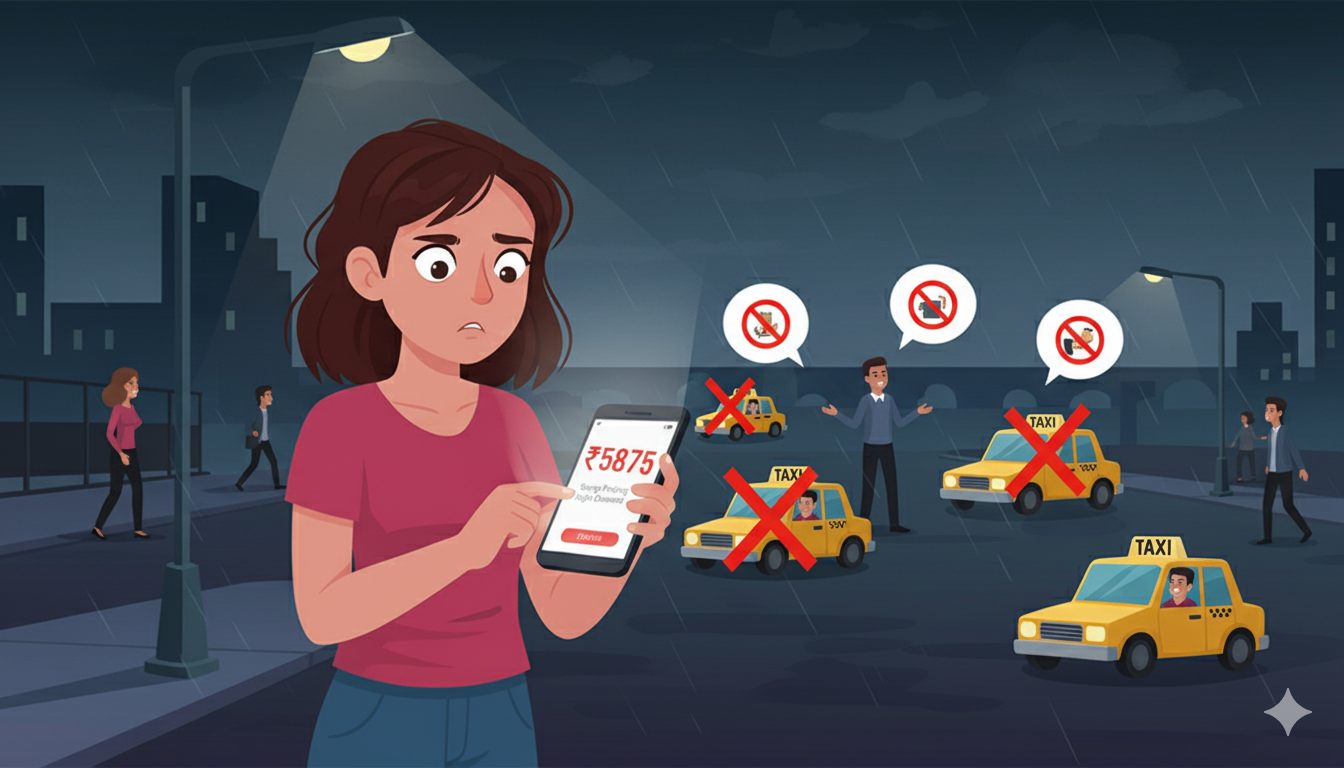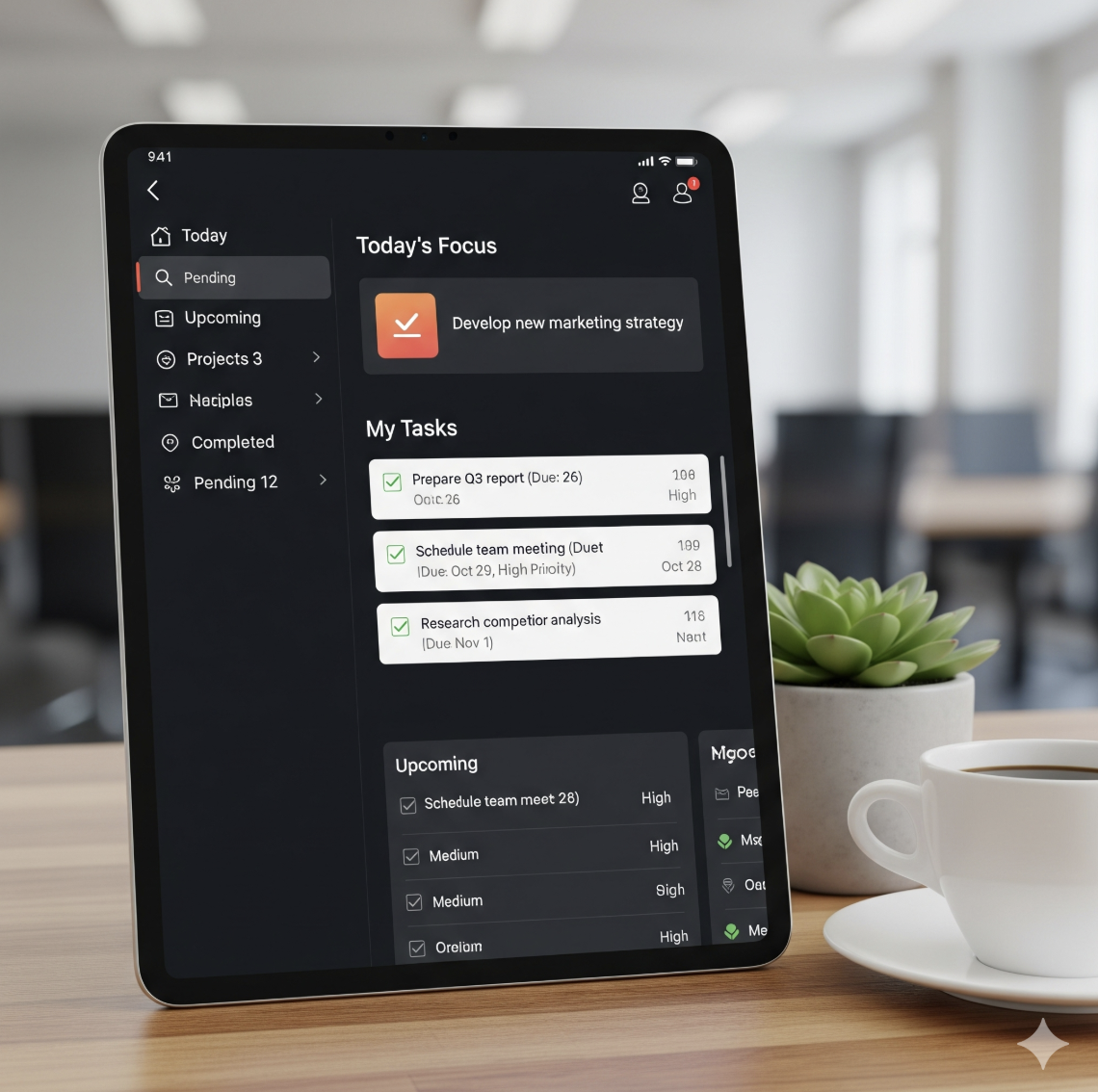When Ola and Uber first launched, what changed?
When Ola and Uber first launched in the market, it was revolutionary. They solved a huge problem: taxis were too expensive for a middle-class household. Yet, these very households often needed taxis to travel as a family, since they didn’t always own a car.
Ola built a business model where both taxi drivers and passengers became its customers. Both sides needed a platform where trip prices could be reasonable, affordable, and profitable. Ola made this possible by giving generous incentives to drivers while charging passengers less. In return, Ola shared revenue with the drivers.
But what went wrong for drivers?
Drivers began to feel that Ola and Uber were taking away their hard-earned money. They realized that without them, the entire system would collapse. More importantly, they discovered they could influence trip pricing by refusing rides and artificially inflating demand. This became especially common for long trips and, in some cities, even short trips.
Who thrives in the local taxi market?
Many independent taxi companies began dominating their regions. Red Taxi in the Coimbatore region is a prime example. They run a successful business by offering reliable service and winning customer trust through excellent support.
Companies like Red Taxi deeply understand the needs of their local customers. Instead of focusing only on flashy passenger apps, they prioritized strong driver apps to track distance and time for accurate billing. For passengers, they kept things simple: book a ride with a quick phone call. By building robust phone support, they made it easy for even non-tech-savvy customers to access their service.
What is still missing?
Technology for small-scale taxi services.
Many of these regional taxi operators want to run their own business, control their pricing, and offer packages tailored to their customers. But platforms like Ola and Uber don’t allow that flexibility.
Yes, some small IT firms provide white-labeled mobile apps. But these solutions aren’t scalable—they break when the business grows or pivots quickly.
How do small operators manage today?
Through WhatsApp groups. Believe it or not, there are over 10,000+ WhatsApp groups in South India where most long-trip bookings are arranged. Travel agents manually run these groups. Once they receive a booking lead from their website, they post it in the groups and wait for drivers to respond.
This is highly inefficient. Travel agents spend endless hours posting in thousands of groups, hoping to find a driver willing to take the trip from Point A to Point B at the agreed terms.
Where is the opportunity?
What’s missing is a flexible technology platform that empowers drivers and travel agents to set their own pricing models. Demand already exists, but execution is the pain point. On top of that, customer trust is eroded by a lack of transparency. Too often, passengers face situations where drivers demand more money mid-journey or, worse, drop them on the road after deciding the trip isn’t profitable enough.
What could transform the industry?
Imagine a system that creates a win-win-win:
- Passengers get transparent pricing and reliable service.
- Drivers earn fair wages without gaming the system.
- Travel agents can scale their businesses with efficiency.
- Car owners who gets returns for their investment without hassle.
If such technology emerges, it won’t just be an improvement.
It will trigger the next revolution in India’s small-scaled travel industry.









